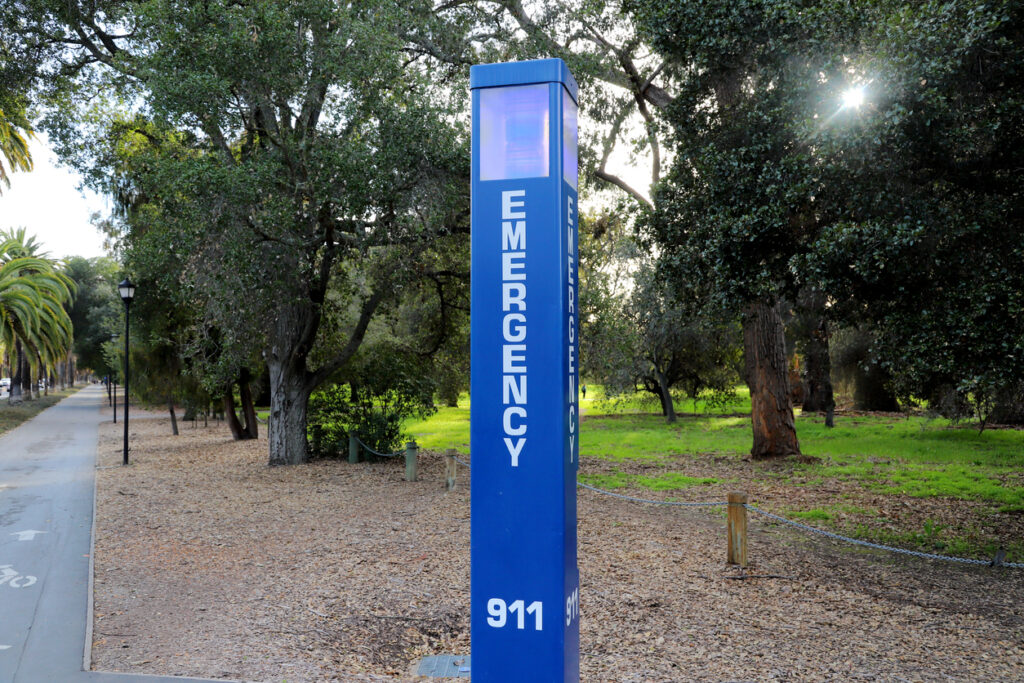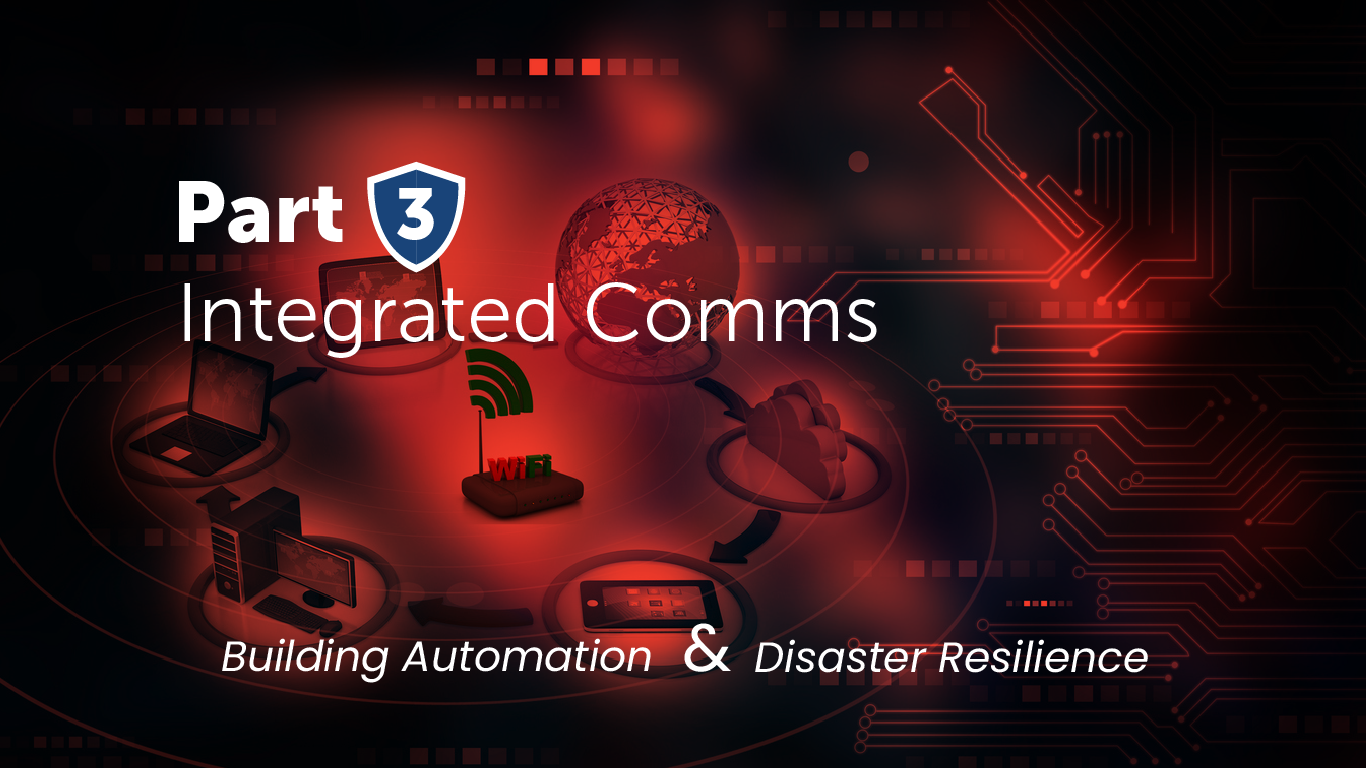Series: The Role of Building Automation in Disaster Resilience (3/3)
In the previous articles, we covered real-time data monitoring and emergency lighting. Now, we’ll dive into Integrated Communication Systems, an often-overlooked but critical component in disaster resilience. Clear and timely communication can make all the difference when evacuating a building or responding to an emergency, and Building Automation Systems (BAS) can streamline this process with ease.
During a disaster, panic is often the biggest threat to safety. Confusion and a lack of direction can quickly escalate an already dangerous situation. Whether it’s an earthquake, fire, or flood, the ability to disseminate clear instructions to building occupants is crucial. However, relying on manual processes or outdated communication systems can lead to delays, miscommunication, and, ultimately, more chaos.
The Importance of Communication in a Crisis
This is where integrated communication systems, powered by BAS, step in. These systems use a variety of channels—from public address systems to mobile alerts—to ensure that everyone, from facility staff to building occupants, receives accurate and timely instructions.
How BAS Enhances Communication During Emergencies
BAS can unify multiple communication systems under one platform. Imagine the fire alarm goes off in a large commercial building. Instead of relying solely on a single alarm system, BAS can automatically trigger voice announcements, emergency lighting sequences, and send text alerts to occupants’ phones. This multi-layered approach ensures that no one misses the critical message.
Additionally, real-time data gathered through other BAS features, such as flood sensors or seismic monitors, can be used to tailor these communications. If floodwaters are rising on one side of the building, the system can direct people to the safest exits based on real-time data.

Examples of Integrated Communication in Action
- Voice Commands and Public Address Systems: In an emergency, automated public address (PA) systems can provide clear, calm instructions. This can include directing people to exits, advising them to shelter in place, or providing real-time updates as the situation unfolds.
- Mobile Alerts and Text Messages: Most occupants carry mobile phones, making SMS and app-based notifications an ideal communication method. A BAS can send real-time alerts with detailed instructions, ensuring that people are kept informed even if they’re not near a PA system.
- Visual Alerts: For individuals with hearing impairments, visual communication through digital displays and flashing lights can ensure everyone receives the message. A BAS can trigger these systems in sync with other alerts to create a cohesive, inclusive response.
Coordination with First Responders
Another major advantage of integrating communication systems with BAS is the ability to provide real-time data to first responders. As firefighters, EMTs, or police arrive on the scene, the BAS can feed them critical information, such as the status of fire alarms, gas leaks, or structural damage. This allows emergency teams to act faster and more effectively, increasing the chances of a safe outcome.
For instance, if an earthquake has caused damage to specific areas of the building, the BAS can alert first responders to avoid these zones, helping them prioritize where to focus their efforts.
Conclusion: Communication is Key
Effective communication during a disaster can save lives. By integrating communication systems through a BAS, facility managers can ensure that emergency instructions are delivered clearly and immediately across multiple platforms. Whether it’s through PA systems, text alerts, or direct coordination with first responders, BAS streamlines emergency communication to ensure that everyone receives the right message at the right time.
For Further Consideration: Facility managers can also explore how automation enhances other aspects of disaster resilience, such as automated access controls to secure entrances, advanced smoke detection systems, and real-time monitoring of power and water systems. Each of these elements can further bolster a building’s ability to withstand and recover from a disaster, ensuring long-term resilience.

